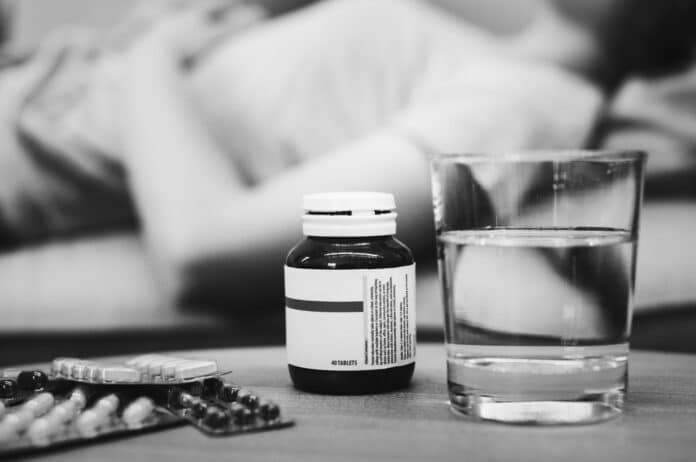Major depressive disorder is the second leading global cause of disability. Approximately one-third of people with major depression do not remit even after four trials of standard treatments. Failure to respond to two or more treatments is known as treatment-resistant depression (TRD). Ketamine is a novel, highly effective, and rapidly acting treatment for TRD.
Racemic ketamine is highly beneficial for treating treatment-resistant depression (TRD), according to prior studies. However, phase 3 trials are still required.
Researchers from UNSW Sydney and the affiliated Black Dog Institute found that after a month of biweekly injections, more than one in five participants experienced complete remission from their symptoms, while a third saw at least a 50% improvement.
Lead scientists professor Colleen Loo said, “For people with treatment-resistant depression – so those who have not benefitted from different modes of talk therapy, commonly prescribed antidepressants, or electroconvulsive therapy – 20 percent remission is quite good.”
“We found that in this trial, ketamine was better than the placebo – with 20 percent reporting they no longer had clinical depression compared with only 2 percent in the placebo group. This is a huge and very obvious difference and brings definitive evidence to the field, which only had past smaller trials that compared ketamine with placebo.”
The researchers gathered 179 patients with treatment-resistant depression. Each participant received either a placebo injection or a generic type of ketamine, which is currently commonly prescribed for anesthesia and sedation in Australia. Participants were given two injections per week in a clinic, where they were kept under observation for about two hours as the immediate sedative and dissociative effects subsided, which often happened within the first hour. Participants were asked to rate their mood after the study and one month later. The treatment lasted one month.
In a double-blind trial, psychological biases were minimized by keeping participants and the researchers giving the medication in the dark about which individuals received generic ketamine or a placebo. To enhance treatment masking, a placebo was used that likewise induces sedation. Midazolam is a sedative typically given before a general anesthetic, while saline served as the placebo in many earlier research.
Other features of the recent trial that set it apart from past studies included accepting people into the trial who had previously received electroconvulsive therapy (ECT).
Prof. Loo says, “People are recommended ECT treatment for their depression when all other treatments have been ineffective. Most studies exclude people who have had ECT because it is tough for a new treatment to work where ECT has not.”
“In both S-ketamine and generic ketamine treatments, the positive effects often wear off after a few days to weeks, so ongoing treatment may be required, depending on someone’s clinical situation. But the prohibitive costs of the drug and procedure make this an unsustainable proposition for most Australians.”
“This is why we’re applying for a Medicare item number to fund this treatment now because it’s such a powerful treatment.”
“And if you consider that many of these people might spend many months in the hospital or be unable to work and are often quite suicidal, it’s cost-effective when you see how quickly and powerfully it works. We’ve seen people go back to work, or study, or leave hospital because of this treatment in a matter of weeks.”
Journal Reference:
- Colleen Loo, Nick Glozier et al. Efficacy and safety of a 4-week course of repeated subcutaneous ketamine injections for treatment-resistant depression (KADS study):, randomized, double-blind active-controlled trial. The British Journal of Psychiatry. DOI: DOI: 10.1192/bjp.2023.79
